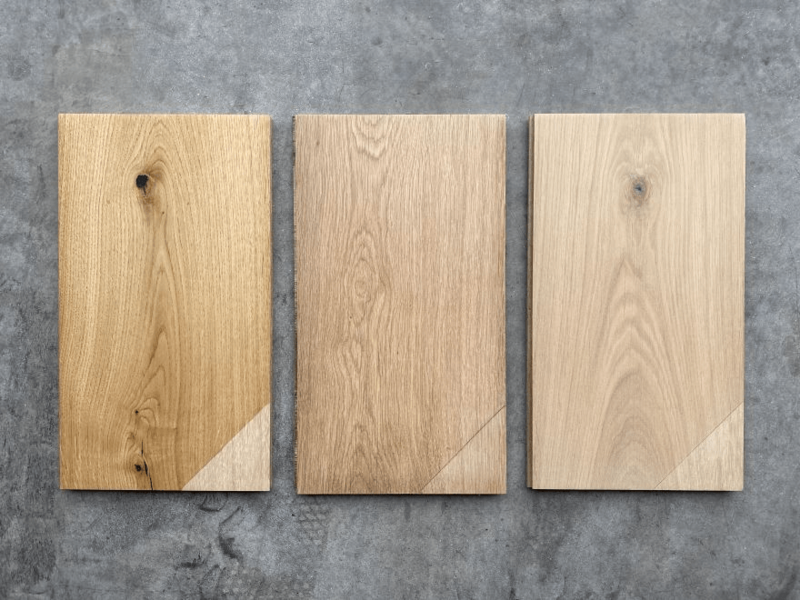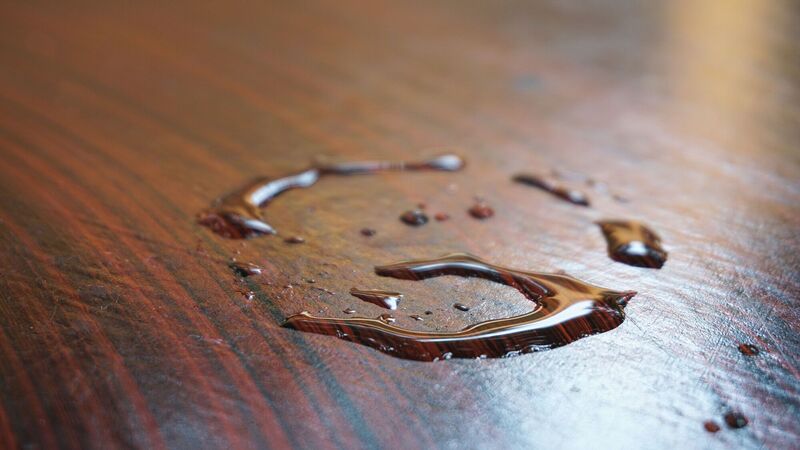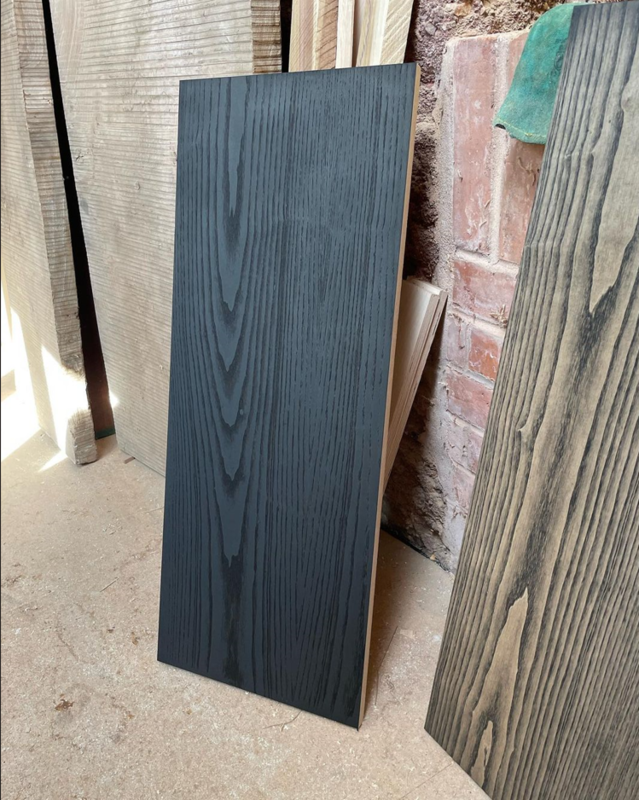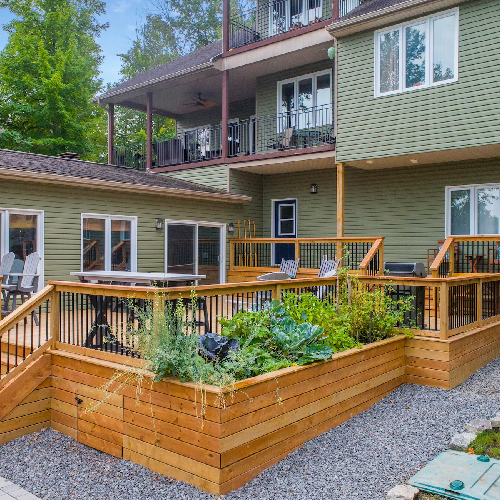
How Often Should You Treat Outdoor Wood? A Guide
Learning how to treat wood for outdoor use is an essential aspect of maintaining its beauty, durability, and structural integrity. The frequency of this treatment largely depends on the type of wood, its exposure to elements, and the kind of products used for its care. This guide offers insights into how often you should treat your outdoor wood.
Learning how to treat wood for outdoor use is an essential aspect of maintaining its beauty, durability, and structural integrity. The frequency of this treatment largely depends on the type of wood, its exposure to elements, and the kind of products used for its care.


Most Popular Wood Types for Exterior Wood
Outdoor wood structures, be it decks, furniture, or sidings, can be made from a variety of wood types, each with its unique characteristics and maintenance needs. Learning about the type of wood you have will help you effectively treat wood for outdoor use. Popular choices include:
- Teak: This is a popular hardwood known for its durability and natural resistance to pests and decay.
- Douglas: This softwood offers strength and a distinct appearance but requires regular maintenance.
- Ayous: This is an exotic lightweight wood, ideal for temperature-controlled environments.
- Ipé: This is an extremely dense and durable hardwood that is often used for decking.
- Bankirai: This is another super-strong hardwood that offers resistance to weathering and decay, making it suitable for heavy-duty use.
- Pine: This incredibly popular softwood is economical but requires regular treatment to prevent rot and decay.
Each of these woods offers unique properties and care requirements. For detailed information, visit our exterior wood species pages.
Signs of Wood Deterioration
Recognising the signs of deterioration is important when it comes to determining when you should treat your outdoor wood. Key indicators to look out for include:
- Visual Cues: Look for uneven colour, loss of sheen, or a weathered appearance.
- Fading or Discoloration: Prolonged sun exposure can cause the wood to fade or change colour.
- Cracks and Splinters: These often occur due to the wood drying out or exposure to extreme temperatures.
- Rot and Decay: Soft patches, mould, or mildew are signs of serious damage that need immediate attention.
Addressing these signs promptly can prevent further damage and extend the life of your outdoor wood. So be mindful of any of these warning signs, and act quickly to preserve your wood.




Choosing the Right Wood Treatment
Selecting an appropriate wood treatment is vital for preserving the natural beauty and prolonging the lifespan of your outdoor wood, whether you’re treating outdoor wood furniture or other wood like decking.
Wood preservation treatments not only enhance the appearance of the wood but also offer a range of benefits, including UV protection, water resistance, and prevention of rot and decay.
Factors Determining Treatment Frequency
The frequency of reapplying wood treatment depends on several factors, including the type of product used and the wood's exposure to environmental elements. For instance, the Hybrid Wood Protector typically requires reapplication every 12-18 months. However, this may vary based on:
- Exposure to Sun and Rain: More frequent treatment may be necessary for wood exposed to harsh weather.
- Wear and Tear: High-traffic areas may need more regular maintenance.
- Wood Type: Some woods may absorb and retain the treatment longer than others.
It's essential to watch for signs of wear and tear and treat the wood as necessary to maintain its condition.


Routine Maintenance Tips
Regular maintenance can significantly extend the life of your outdoor wood. Key practices include:
- Cleaning and Preparation: Keep the wood clean from dirt, debris, and algae to ensure treatments adhere properly.
- Inspecting for Damage: Regularly inspect for signs of deterioration and address them promptly.
- Repairing and Sanding: Fix any cracks or splinters and sand the surface before applying treatments to ensure an even application.
Routine maintenance not only keeps your outdoor wood looking great but also reduces the frequency of major treatments.
Special Considerations
When maintaining outdoor wood, there are a few other things you’ll want to consider. This includes:
- Restoring Severely Damaged Wood: In cases of significant damage, more intensive restoration may be required before applying treatments.
- Sustainability and Eco-Friendly Treatment Options: Opting for eco-friendly treatments, like Rubio Monocoat products, can protect your wood while being kind to the environment. These products are designed to be safe and sustainable, offering excellent protection without harming the ecosystem.
Treating outdoor wood is an important aspect of its maintenance. By understanding the type of wood, recognising signs of deterioration, choosing the right treatments, and adhering to a routine maintenance schedule, you can ensure the longevity and beauty of your outdoor wood. Special considerations, like eco-friendly options, also play a vital role in sustainable maintenance practices.


